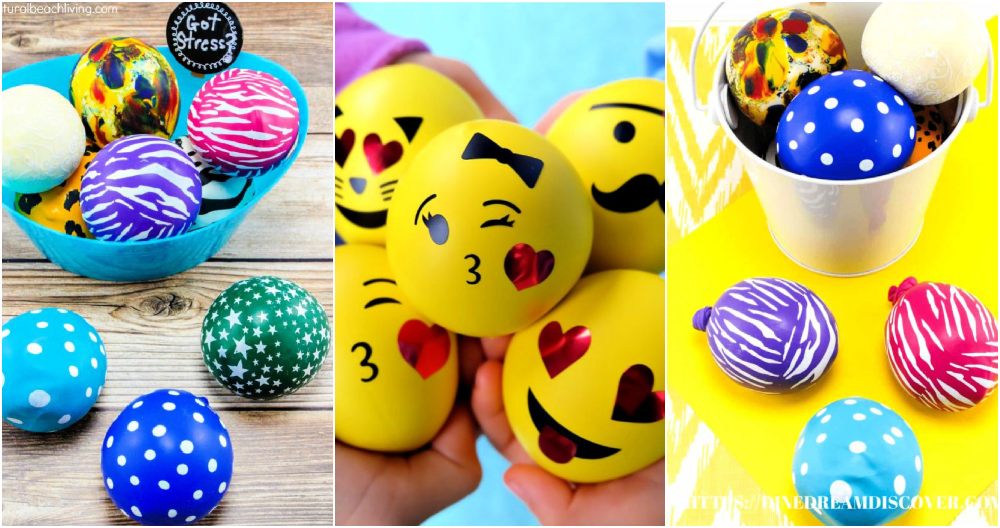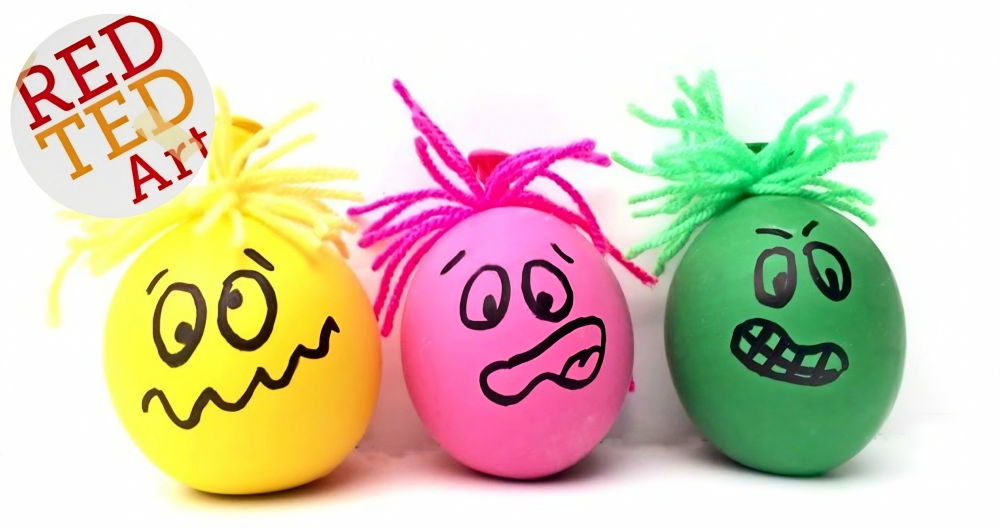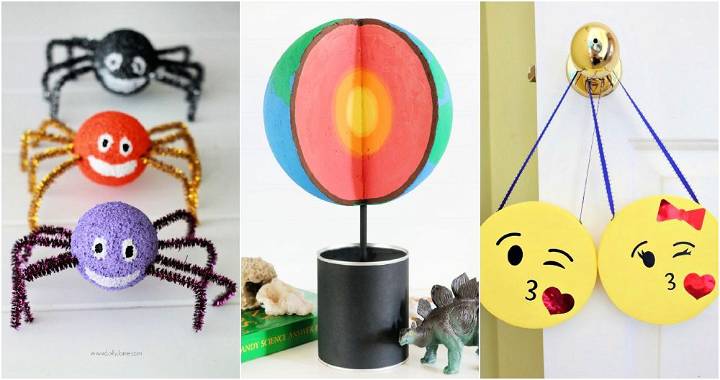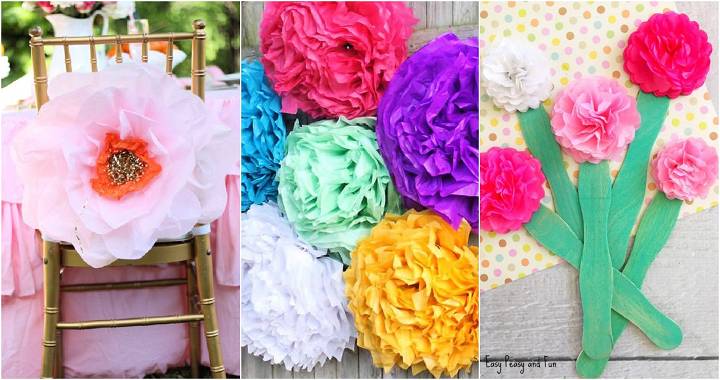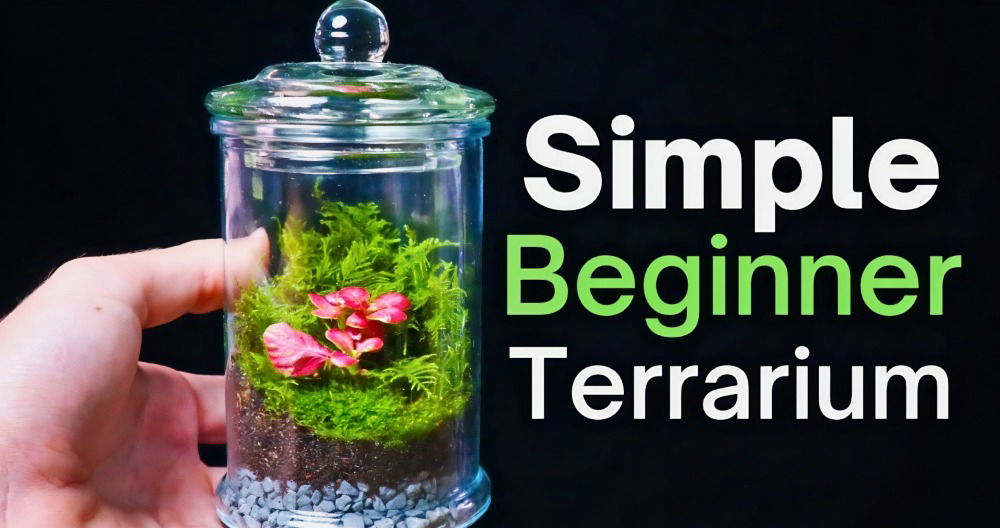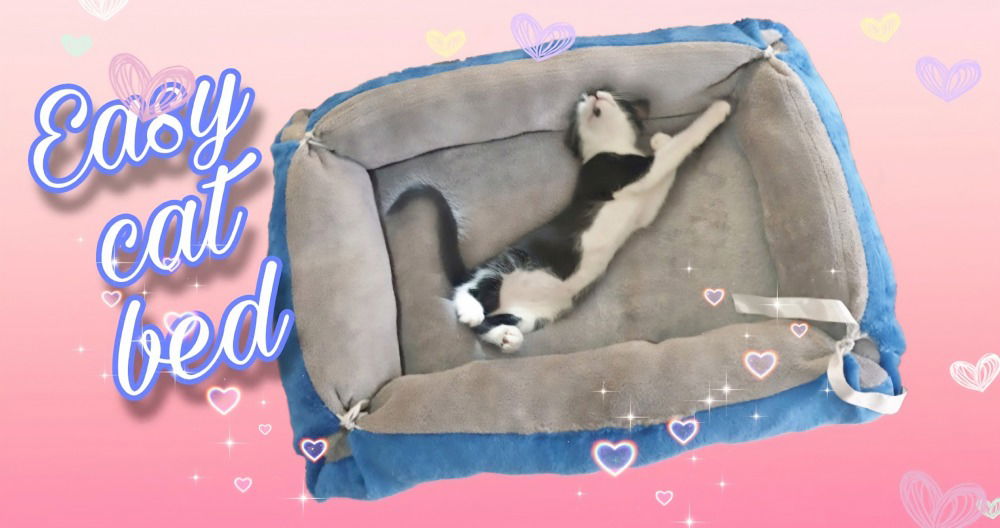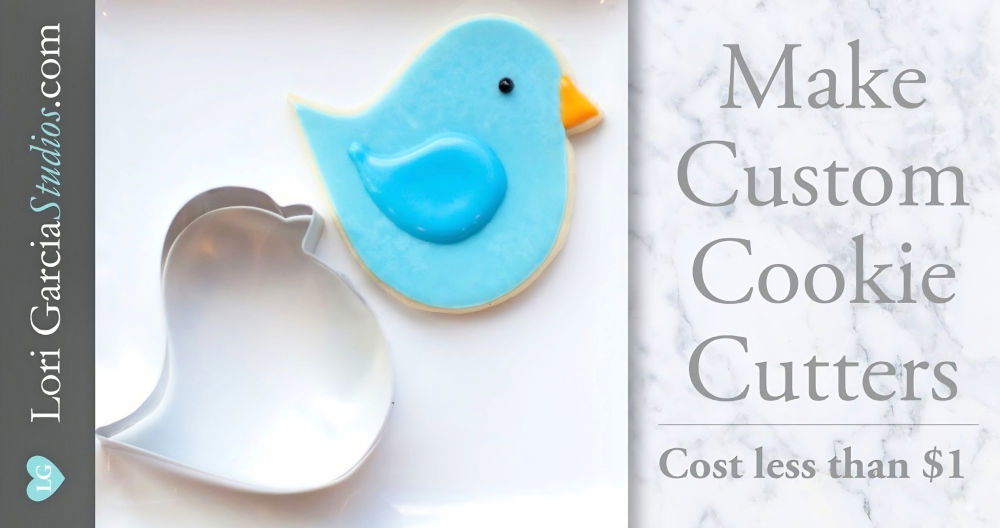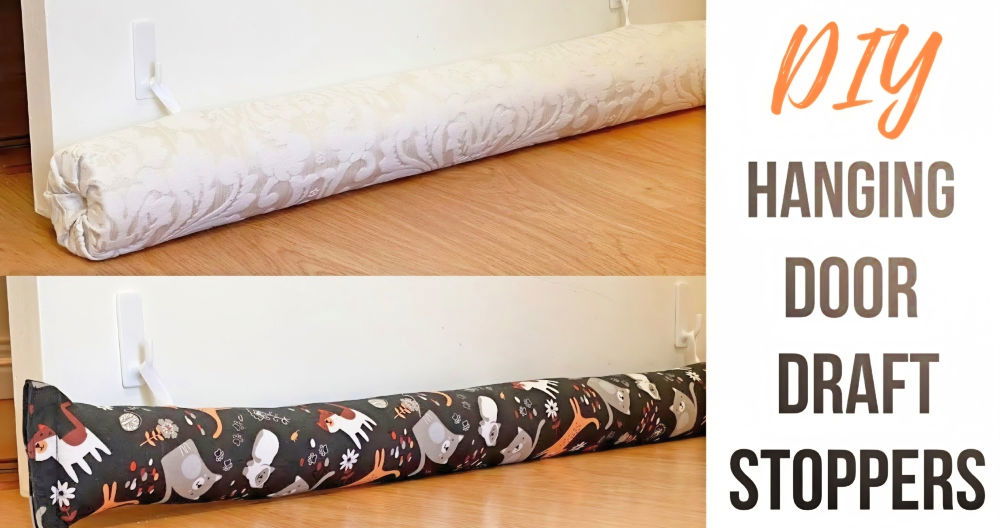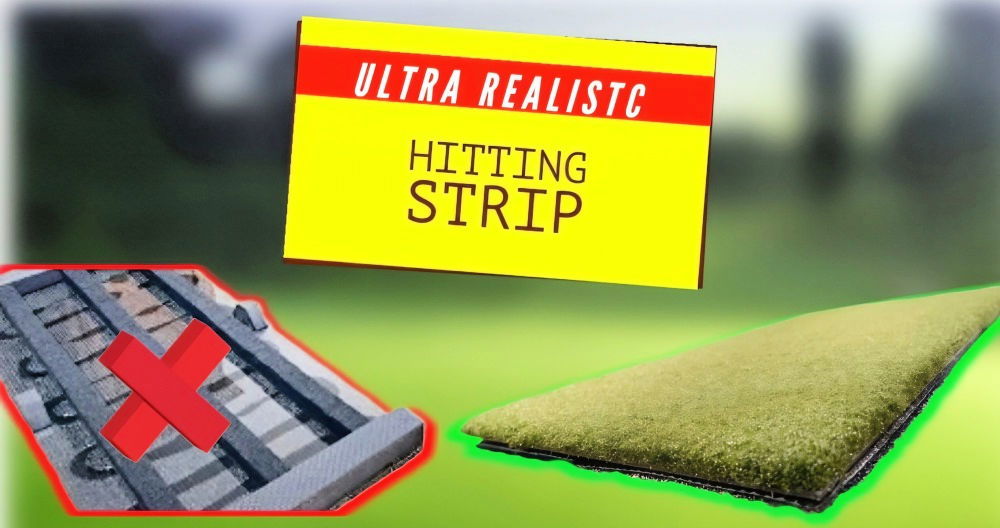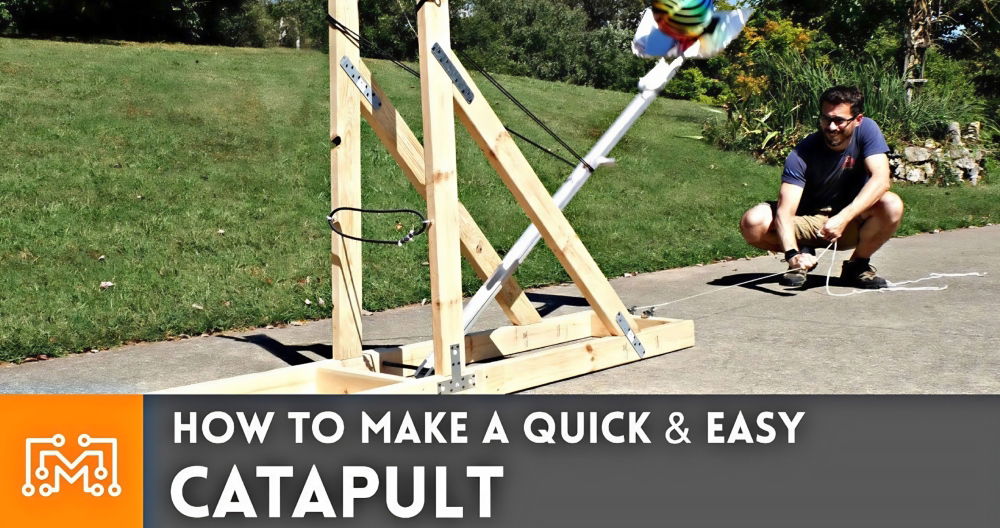Dryer balls are a sustainable alternative to traditional fabric softeners and dryer sheets. These small, round balls are typically made from natural materials like wool or rubber and are used in the dryer to help separate laundry items, allowing hot air to circulate more effectively and reduce drying time.
Making DIY dryer balls is a fun and practical way to improve your laundry routine. These balls help reduce drying time, soften clothes, and decrease static cling. With just a few materials, you can make your own wool dryer balls that last for years. Not only are they eco-friendly, but they also save you money on dryer sheets and fabric softeners.
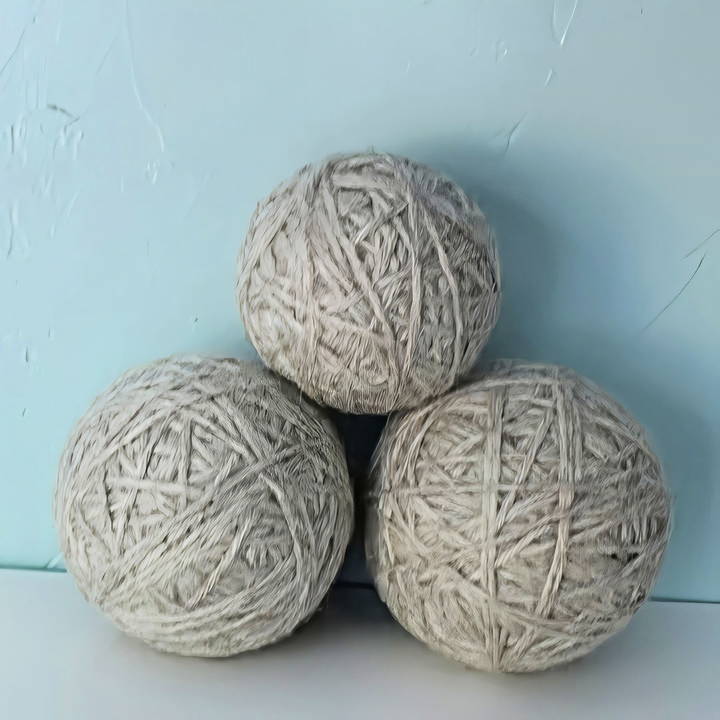
In this guide, you will find simple steps to make your own dryer balls at home. We will cover everything from choosing the right materials to the best techniques for shaping and felting. You'll be amazed at how easy and rewarding it is to make these useful tools. Let's get started on making your very own wool dryer balls!
Why Use Dryer Balls?
- Energy Efficiency: By improving air circulation, dryer balls can cut down on drying time, saving energy and potentially reducing your electricity bill.
- Eco-Friendly: Unlike single-use dryer sheets, dryer balls can be used hundreds of times before needing replacement, reducing waste.
- Chemical-Free: Many dryer balls are made from natural materials without synthetic fragrances or chemicals, making them a healthier choice for your family and the environment.
- Softening Effect: They naturally soften clothes by bouncing around and agitating the fibers of the laundry, which also reduces static cling.
How Do They Work?
Dryer balls work by making space between your clothes as they tumble in the dryer. The separation allows more hot air to circulate around the laundry, which can help to speed up the drying process and result in less wrinkling since the clothes aren't bunched together. The physical action of the balls bouncing around also helps to soften fabrics naturally without the need for chemical fabric softeners.
Choosing the Right Dryer Balls
When selecting dryer balls, consider the following:
- Material: Wool dryer balls are popular because they're natural and biodegradable, but rubber or plastic versions are also available.
- Size: Larger balls will be more effective in larger loads, while smaller ones might be better for compact dryers or smaller loads.
- Quantity: Using several dryer balls at once will produce the best results, as they'll be able to make more separation between items of clothing.
Using dryer balls in your laundry is a cost-effective, eco-friendly, and chemical-free method that benefits your clothes and the planet.
Materials Needed
- 100% Wool Yarn: It's crucial to ensure the yarn is pure wool and not acrylic or a blend, as wool has the necessary properties for felting and withstanding high dryer temperatures.
- Pantyhose or Knee-High Stockings: These will hold the yarn balls tightly together during the felting process in the wash.
- Embroidery Thread or Non-Wool Yarn: To secure the wool balls within the stockings, preventing them from felting together.
- Scissors: For cutting the yarn and stockings.
- Washing Machine and Dryer: For felting the wool balls.
Step by Step Instructions
Learn how to make DIY dryer balls with our step-by-step guide! Discover the process from creation to felting and customization for eco-friendly drying.
Step 1: Making the Balls
First, I grabbed the wool yarn and began wrapping it around three of my fingers, roughly 20 times. Removing the loops, I then continued wrapping the yarn around itself, alternating directions every few wraps to ensure a spherical shape was formed. The goal was a tennis ball-sized sphere, but you can adjust the size to your preference.
Step 2: Securing the End
Once satisfied with the size, I cut the yarn, leaving a tail which I then fed through the ball with a yarn needle, securing it tightly. This ensured the ball wouldn't unravel during use.
Step 3: Felting
After repeating the process for the number of balls I desired, it was time to felt them. I placed each ball into a section of the pantyhose, tying off each section with embroidery thread. This was crucial to keep them separate during the felting process.
Into the washing machine they went, with a hot water cycle, alongside a regular load of laundry. This was followed by a high heat cycle in the dryer. The heat and agitation allowed the wool fibers to lock together, or "felt," which prevents them from unravelling.
Step 4: The Reveal
After removing them from the stockings, I had my very own set of wool dryer balls! They were tightly felted, solid to the touch, and ready for action.
Using Wool Dryer Balls
To use, simply toss 3-4 wool dryer balls into the dryer with your wet laundry. They'll bounce around, separating items and making pockets of air for hot air to circulate and dry the laundry more efficiently. If you miss the scent of dryer sheets, adding a few drops of essential oils to the balls can infuse your clothes with a pleasant fragrance without the chemicals.
Personal Touches
Inspired by the original guide, I added my twist by experimenting with different sizes and noting their impact on drying times. Smaller balls worked well with lighter fabrics, while larger ones were ideal for bulky items like towels and blankets.
Customization Ideas for Dryer Balls
Making your own dryer balls is not only practical, but it also offers a chance to get creative. Here are some ideas to customize your dryer balls and make laundry time a bit more fun:
Choose Your Colors
- Natural Shades: Stick with the natural colors of wool for a rustic look.
- Bright and Bold: Use colored wool roving for a pop of color in your laundry.
Add Scents
- Essential Oils: A few drops of lavender, lemon, or eucalyptus oil can add a pleasant scent to your clothes.
- Refresh Regularly: Reapply the oils every few loads to maintain the fragrance.
Personalize with Patterns
- Stripes or Dots: Wind different colors of wool in patterns around your balls.
- Felted Shapes: Needle felt small shapes or initials onto your balls for personalization.
Adjust the Size
- Small Loads: Make mini dryer balls for small or delicate loads.
- Large Loads: Make larger balls for heavy-duty use with bedding or towels.
Experiment with Texture
- Smooth or Textured: Try making some balls smoother and others more textured to see how it affects their performance.
Gift Them
- Handmade Gifts: Package a set of dryer balls with a bottle of essential oil for a thoughtful, eco-friendly gift.
Customization is about fun and experimenting. Your dryer balls show your style and eco-friendliness.
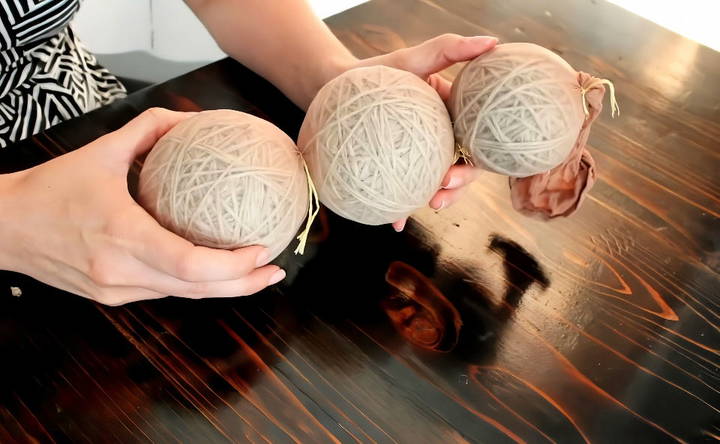
Troubleshooting Common Issues with Dryer Balls
When using dryer balls, you might encounter a few common issues. Here's how to solve them:
Dryer Balls are Too Noisy
- Solution: If the noise is too loud, try using wool dryer balls, which are quieter than plastic or rubber ones. Also, ensure your dryer isn't overloaded, as this can amplify the sound.
Static Cling is Still Present
- Solution: Static can occur in dry climates or with certain fabrics. To combat this, add a safety pin to one of the dryer balls to ground static electricity. Alternatively, slightly dampen one of the wool dryer balls before use.
Clothes Aren't Drying Faster
- Solution: If you don't see a reduction in drying time, check the number of dryer balls you're using. For large loads, you may need more balls. Ensure they aren't too small and that the dryer isn't overloaded.
Wool Balls are Leaving Lint
- Solution: Use white wool dryer balls for light-colored laundry and darker ones for dark clothes to prevent lint transfer. Also, check that the wool balls are well-felted; loosely felted balls can shed more.
Dryer Balls are Falling Apart
- Solution: Over time, dryer balls can deteriorate. If they start to fall apart, it's time to replace them. To extend their life, refresh them by washing in hot water and drying on high heat to re-felt them.
Not Enough Scent from Essential Oils
- Solution: If the scent isn't strong enough, add a few more drops of essential oil or refresh the scent more frequently. Remember, the fragrance will be subtle and not as strong as chemical fragrances.
Fix these common issues to ensure your dryer balls work well, making laundry efficient and eco-friendly. Find what suits you best.
Maintenance and Care for Dryer Balls
Taking care of your dryer balls is straightforward and ensures they last as long as possible. Here's how to maintain them properly:
Regular Inspection
- Check for Damage: Every few months, inspect your dryer balls for signs of wear and tear.
- Surface Pilling: Remove any pilling on the surface to keep them efficient.
Cleaning Your Dryer Balls
- Washing: Hand wash or machine wash your wool dryer balls in hot water if they get dirty.
- Drying: Dry them thoroughly in the dryer on high heat to re-felt them.
Refreshing Wool Dryer Balls
- Re-felting: If they start to lose their shape, re-felt them by washing in hot water and drying on high heat.
- Essential Oils: Add a few drops of essential oils every 5-10 loads to maintain the scent.
Storage
- Proper Storage: Store your dryer balls in a dry, well-ventilated area to prevent mold and mildew.
- Avoid Plastic Bags: Don't store them in plastic bags which can trap moisture.
Replacement
- Life Span: Wool dryer balls can last for 1,000 loads or more, but if they begin to unravel, it's time for a new set.
- Disposal: Old wool dryer balls are biodegradable and can be composted.
By following these simple care instructions, you'll maximize the life span of your dryer balls and continue to enjoy their benefits in every load of laundry.
FAQs About DIY Dryer Balls
Discover answers to FAQs about DIY dryer balls, their benefits, effectiveness, and how to make them easily at home. Eco-friendly and cost-saving laundry tips!
DIY dryer balls are a natural alternative to fabric softeners and dryer sheets. Made from wool, they help to separate clothes in the dryer, increase air circulation, and absorb moisture, which can reduce drying time. They work by bouncing around in the dryer, softening fabrics naturally without the use of chemicals.
Homemade dryer balls can last for several years, depending on how often you use them. They are very durable and can withstand hundreds of wash cycles. Over time, they may begin to pill or become less effective, at which point you can simply replace them.
Yes, you can add fragrance to your dryer balls. Simply add a few drops of your favorite essential oil to the balls before each use. The heat from the dryer will help to disperse the fragrance onto your clothes. This is a great way to avoid the chemicals found in commercial fabric softeners and dryer sheets.
Wool dryer balls have several advantages over other types of dryer balls or sheets. They are chemical-free and hypoallergenic, making them a great choice for those with sensitive skin. Wool is also a sustainable resource and biodegradable, so wool dryer balls are an eco-friendly option. Additionally, they can save you money in the long run, as they reduce drying time and are reusable for years.
Absolutely! DIY dryer balls can significantly reduce static in clothes. The wool balls absorb moisture and make a more humid environment inside the dryer, which helps to minimize static cling. Additionally, because they separate clothing, they reduce the friction that typically causes static. If you're experiencing excessive static, try pinning a small safety pin to one of the balls to further dissipate static electricity.
Conclusion:
In conclusion, making DIY dryer balls is a simple and cost-effective way to enhance your laundry routine. With just a few materials, you can make your own wool dryer balls that reduce drying time and soften clothes naturally. Enjoy the benefits while saving money and being environmentally conscious. Start crafting your own dryer balls today!


